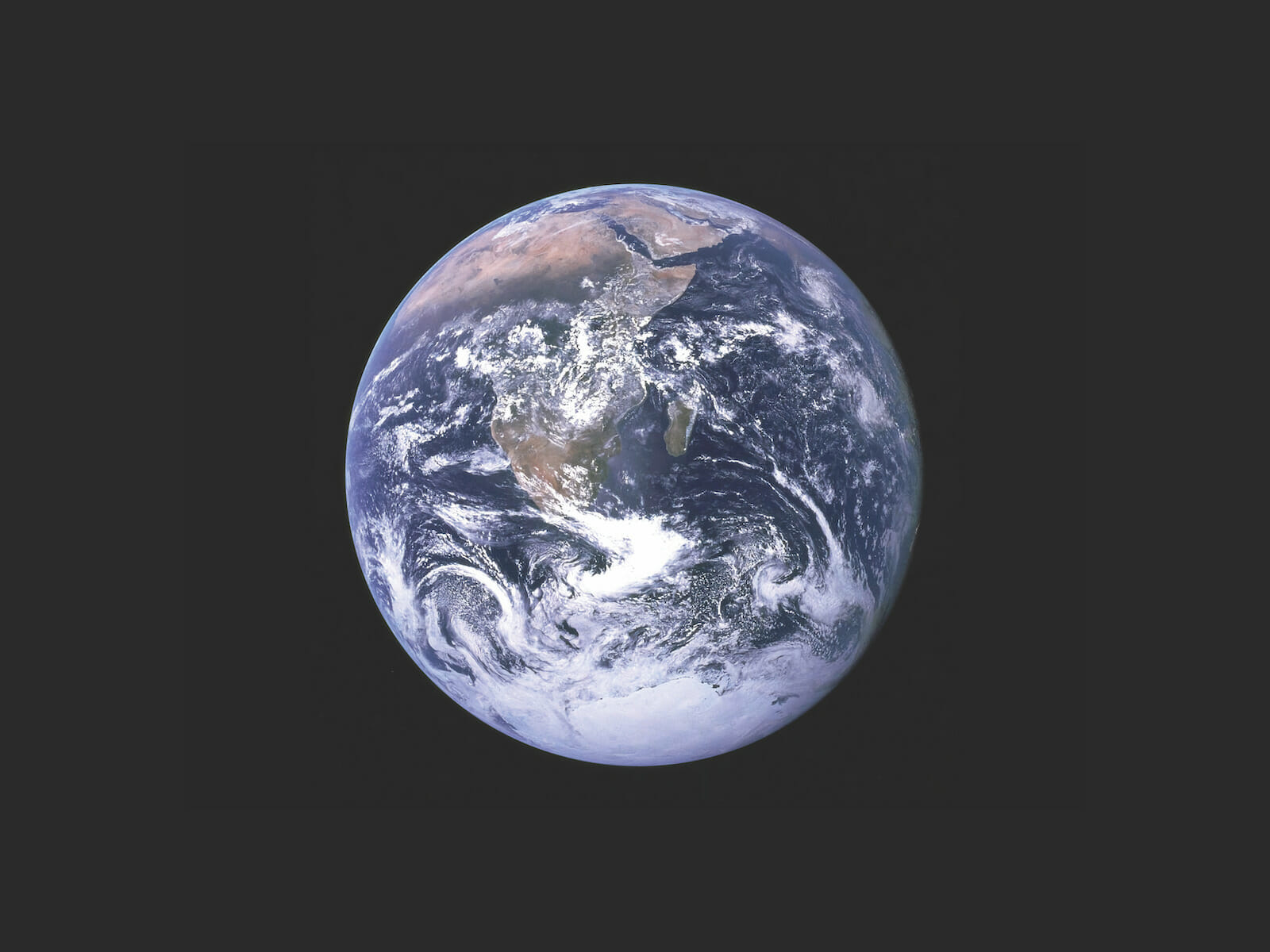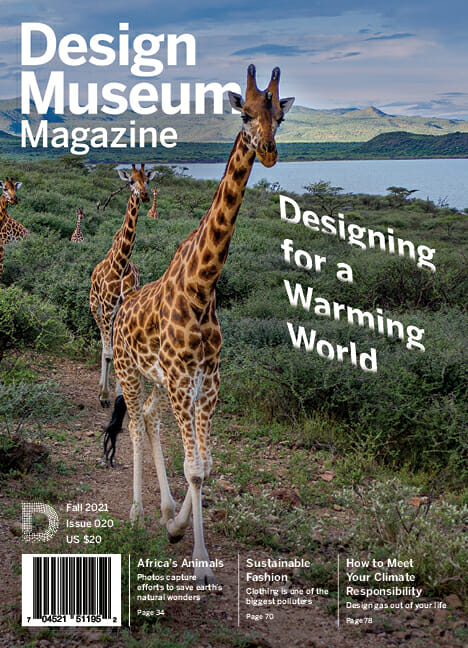Letter from the Editor
Hope and Action For Our Planet

By Sam Aquillano
It’s hard not to feel doom and gloom when I think about climate change. The western states are on fire. Hurricane Ida just blasted the country. Our days are warmer—a lot warmer, let’s say hot. Our sea level is rising. Biodiversity, the variety of life, the blanket around our planet, is plummeting. The renowned documentarian David Attenborough recently said, “The loss of biodiversity and the degradation of ecosystems pose a major risk to human survival and development.” We have a lot of work to do.
You might be thinking, this really isn’t affecting me. Well, to quote author Lauren Morrill, “I don’t know how to explain to you that you should care for other people.” The effects of climate change are already dramatically impacting vulnerable and historically underinvested in communities in the U.S. and around the world.
The fact is, doom and gloom are here. As if we needed a written reminder, the United Nation’s Intergovernmental Panel on Climate Change Sixth Assessment Report makes it very real: climate change is here; we’ve crossed the point of no return. The report states that since the 19th century, human activity has raised the planet’s temperature by 1.1 degrees Celsius, or 2 degrees Fahrenheit. We did that mainly by burning coal, oil, and gas for energy. What’s worse, unless CO2 emission immediately (as in today, right now) dropped dramatically (that’s not going to happen), we’re likely to reach a rise of around 1.5 degrees Celsius within 20 years, so things are guaranteed to get way worse. We did this to ourselves! The time for action was 100 years ago, but as the saying goes: better late than never. The report does (thankfully) offer a sliver of hope. If governments and people worldwide band together and coordinate to stop adding carbon dioxide into the atmosphere by 2050, there’s the potential to level off at 1.5 degrees of warming and save us from a truly nasty climate future. So let’s do that.
What gives me hope are stories like the ones in this issue. There are people and organizations working to ward off total climate disaster. There’s the work of Lisa Cunningham, Jesse Gray, and others in Brookline, MA to design gasoline out of their town. Folks like Amber Arnold with SUSU commUNITY Farm and David Leon of Farmer’s Footprint are re-establishing a responsible connection between people, land, and food. Ami Vitale’s photos document the rescue of entire species affected by climate change. These stories, and more, give me hope. And hope is great—we’re happy to communicate hope in this magazine, but let’s face it, hope is not enough. If you’re not taking action—any action—you’re complicit. I’m complicit. I hope you enjoy this special issue of Design Museum Magazine, and I hope it inspires you to take action, however seemingly small and insignificant it might seem, trust me, it will matter in the end for our little blue planet—our home.
Sincerely,
Sam Aquillano
Executive and Creative Director
CoDesign Collaborative
